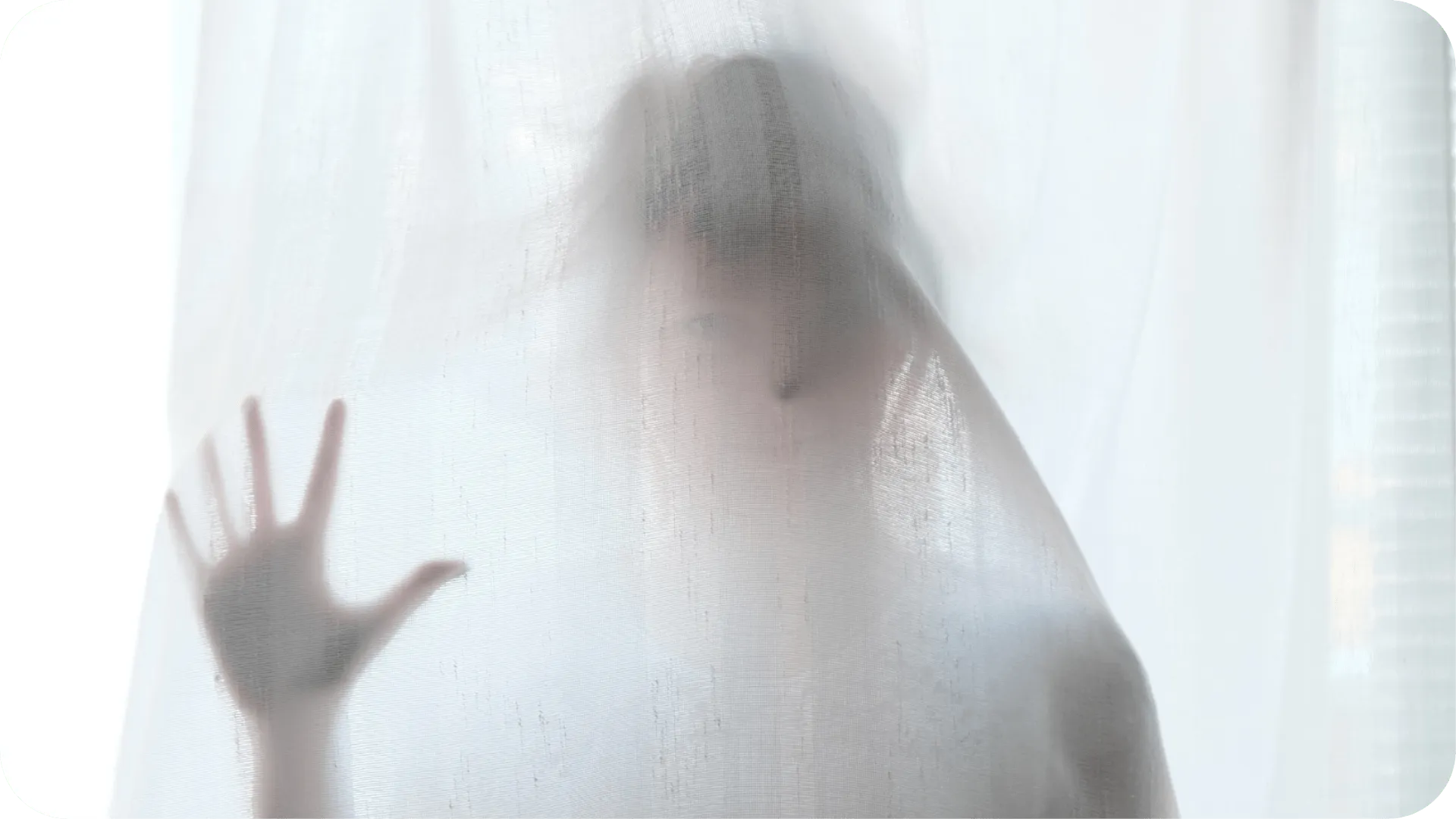What is exposure anxiety?

People generally enjoy talking to others to enable them to connect. Most people’s favourite topic of conversation is themselves. That is sharing their own interests, experiences, thoughts and opinions. Most people also love praise because it makes them feel worthy and appreciated.
Some people, however, can find it extremely difficult to talk about themselves and also find it difficult to accept praise about themselves. In many cases, such a person will be an enigma to those around them. But why is it so difficult for them to simply say what their name is? Why is it so difficult to mention a need to go to the toilet? Why do you get unexpected behaviour when you praise them?
Can you imagine wanting to tell something to someone you know well and who really wants to help, but finding it impossible to do so?
These are all symptoms of Exposure Anxiety.
What is Exposure Anxiety?
Exposure anxiety is a form of anxiety triggered when you expose something about yourself. This can include exposing that you are able to do something, telling someone your name, or asking to go to the toilet. It can mean abandoning an activity you are good at because people have noticed you are good at it and are praising you.
The anxiety can make it impossible to tell someone about a problem no matter how much you want to tell them. The more someone wants to know, the more the barrier increases and the harder it becomes to tell them.
Exposure Anxiety can range from mild to severe. The mild end includes difficulties telling people your name or explaining how you are feeling. This could look like extreme shyness along with difficulty doing the things you enjoy and want to do.
The severe end of exposure anxiety includes a fierce compulsion to protect yourself against any external control and any perceived ‘invasion’ from others such as an attempt at communication. People must not know that you care about anything because exposing that is way too scary.
Exposure anxiety can lead to the following:
Avoidance of demands
People with exposure anxiety may avoid demands made directly to them because then it looks like they care. They may use strategies of not having responsibility for carrying out the demand. So if someone assists or makes the person do something then the responsibility belongs to the person who is helping. The responsibility can also be laid on an object by acting as if the object has volition and needs to be helped. So for example, an apple could have a desperate desire to be eaten.
Strategies to get round this can include responding as someone else (definitely not themselves) or repeating of words and phrases so that the person is responding to themselves not to the person giving the command. Instead of talking to you, the person with exposure anxiety may simply talk to themselves while seemingly ignoring you.
Diversion
Recognising the need to do something (like go to the toilet) can be a major issue in exposure anxiety. Once real discomfort sets in, a diversion may be required such as doing something else, but making going to the toilet an incidental part of that. Or the person may really want to do something but not be able to do it because then they would look like they care about it.
A demand may be avoided via a diversionary tactic of doing something else that is completely random.
Clearly, this can lead to a lot of frustration because the person is doing anything but what they want to do.
Retaliation
There can be retaliation responses when someone with exposure anxiety is forced to care, becomes aware others are watching, or is forced to act on a need. This can include hitting and pushing others for no apparent reason, but often the reaction is directed towards the self. Examples are holding on instead of going to the toilet, starving themselves of food or drink, refusal to wear a coat or take it off. Self-harm can become a retaliation response.
What can you do about Exposure Anxiety?
Donna Williams noted that Exposure Anxiety is an ‘Invisible Cage’ that is difficult to get out of. It takes a lot of determination and courage to even enlarge the cage. In her book ‘Exposure Anxiety - The Invisible Cage’, Donna Williams provides case studies and strategies to reduce and even overcome the problems caused by Exposure Anxiety. If nothing is done, the cage will get smaller and smaller.
The main things when trying to help someone with exposure anxiety are to avoid direct interactions and to avoid expressing emotion.
Give the person the space to talk to you while engaging in a different activity. Talk to nobody in particular instead of to them. Taking away face to face contact can make a big difference. Allow the person to also talk to nobody in particular.
When giving instructions, make it about an object rather than the person. So instead of telling them to put the dirty dishes in the sink, tell them the dirty dishes need to be put in the sink, or state that the dirty dishes need to go in the sink and give them some dishes while you take others to the sink so the responsibility is yours.
When giving praise make it exclusively about the drawing or work and not at all about the person.
Aspiedent Can Help
Aspiedent has a service that helps people understand their autistic intelligence and in particular any other issues they may have including exposure anxiety. This is part of an autism profile (or Integrative Cognitive Profile). Sample autism profiles can be found on our website. Autism Profiles are potentially life changing for the better because they help both the person and those around them to understand their individual autistic difficulties.
If you are interested in having an autism profile, please do get in touch.